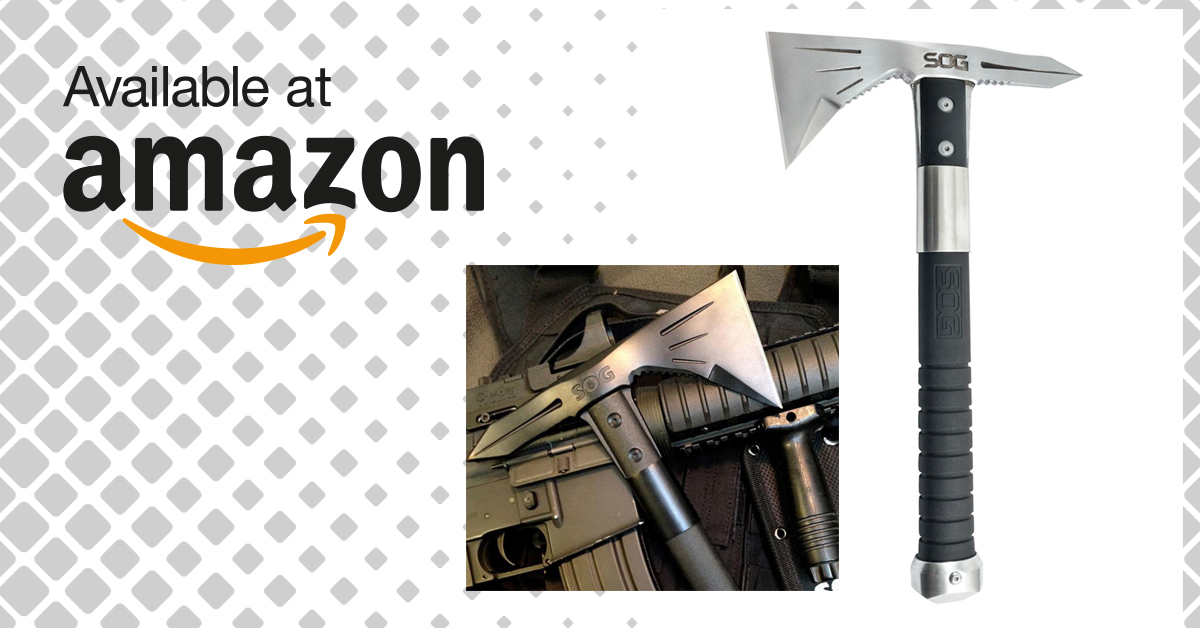As schools across the country cope with how to keep students and staff safe during an active shooting situation, they are experimenting with a wide-range of strategies. Unfortunately, many of them may look good in theory, but are pretty useless in practice. One of the biggest challenges is that there aren’t many places where people can hide until the assailant is subdued. Another problem is that many schools prohibit teachers from carrying weapons to defend themselves, and budget constraints often prevent schools from hiring a suitable number of security guards or police officers that could quickly intervene if an attack is underway.
Consequently, it’s important that students and staff are prepared to take matters in their own hands in order to protect themselves. However, there is no one-size-fits-all solution that will work in every school, and many of the protocols they are expected to follow may not work as intended.
Situational Awareness
No matter what protocols are in place, nothing will replace good situational awareness in order to identify a threat and come up with an appropriate response as quickly as possible. Teach kids how to identify emergency exits or hiding places near to where they may be at the time shooting starts. If they’re in classrooms, they may be able to exit through a window. If they’re in a hallway, they may be able to duck into a closet or enter an empty classroom and lock the door behind them.
If they’re in a gym, assembly hall or cafeteria, they may need to be prepared to expose themselves as they run for an exit. Teach them to find ways to hide behind bleachers, under tables or crawl behind rows of chairs along the way for cover until they can leave the area.
Situational awareness also involves being able to identify the sound of gunfire and try and ascertain where the shooter is located. The sooner they can locate the shooter, the faster they can come up with an appropriate response, and in situations like this, seconds can mean the difference between being able to escape or becoming a victim.
Barricades
Most active shooting drills are announced ahead of time and require students to huddle in a corner of the classroom behind desks. However, shootings occur without warning, and this strategy will do little to protect them in all reality. A better option may be to teach kids to lock the door if possible before barricading the entrance with desks, bookcases and chairs. This will slow down the shooter while giving students an opportunity to hunker down as far from the entryway as possible. While they are still sitting ducks, this option will buy some time to determine what to do next.
Stay Near Exits
In all active shooting situations, the best place to be is as close to an exit as possible. Teach kids to look for seats near windows or doors so they can be one of the first to leave the area once the shooting starts. It’s also a good idea to teach them to identify exits that are less-likely to become bottlenecks if many people run for them at the same time. Finally, have them come up with a strategy that will help them to get to those exits before everyone else.
Confronting the Shooter
Schools will never tell students to confront the shooter and try to subdue them out of fear of being sued if things go wrong. However, this may be the best course of action to take if the opportunity presents itself. Consider teaching kids some basic self-defense and disarmament strategies that they can use if they are in a position to act.
Finally, make sure that students have access to their phones at all times. While this may annoy teachers and staff, that phone may be a lifeline that can be used to get help. This is especially important if the shooting takes place far from the office and staff can’t call 911 in a timely manner. Again, in a situation where seconds count, a phone call from a student who is near to where the shooter is located can save lives.
These suggestions are intended to give you some things to consider as you formulate your own plan. Remember that responses that schools have in place may not be that practical or effective in a real-world situation. This is why it’s important to instill creativity, thinking outside of the box and improvisation into your kids so they will be in a better position to make spur of the moment decisions when an attack occurs.

